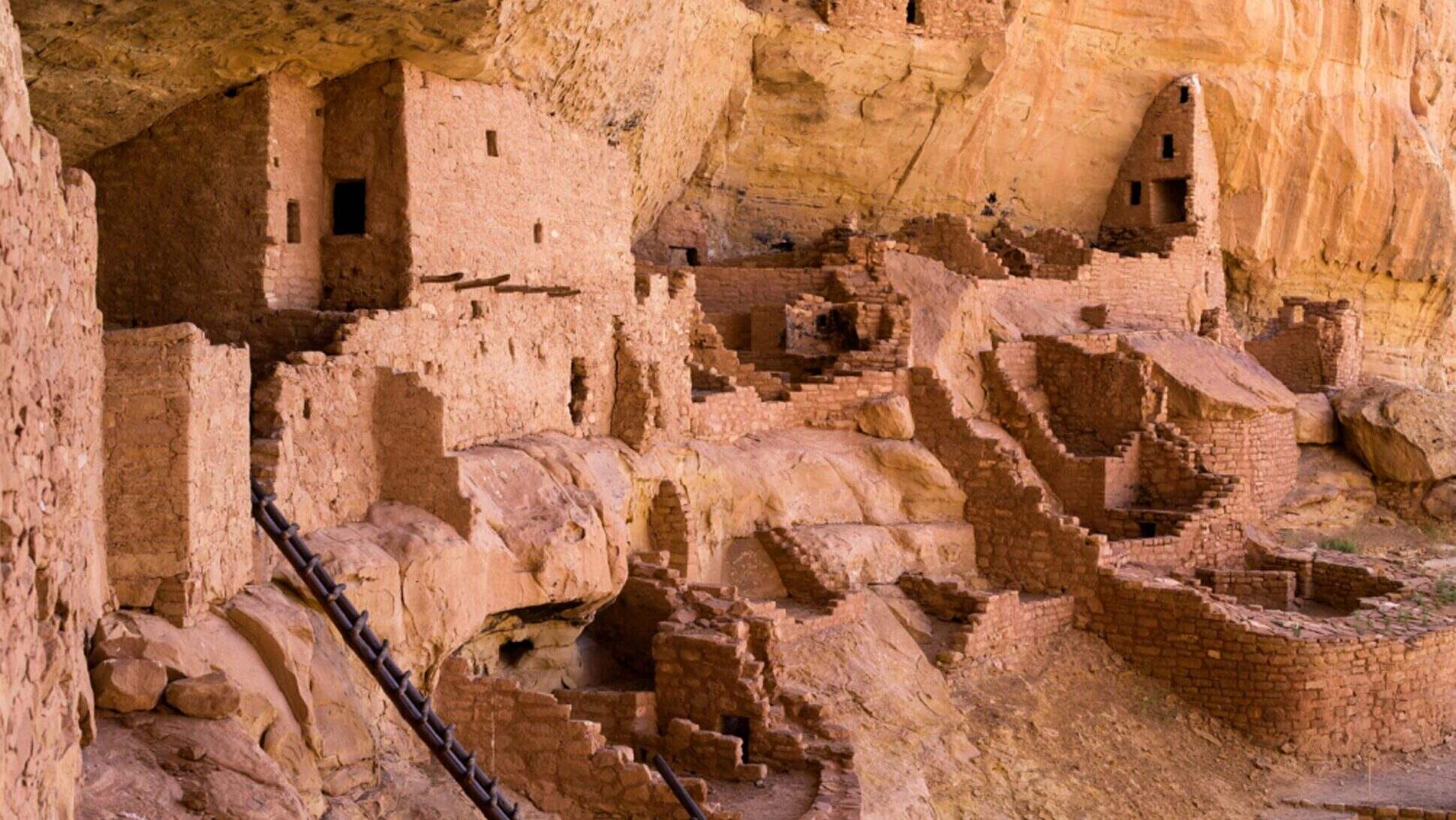Ancient Trading Routes Of Colorado’s Mesa Verde National Park

Have you ever wondered how ancient civilizations traded goods and ideas? Mesa Verde National Park in Colorado offers a glimpse into the past with its ancient trading routes. These paths were vital for the Ancestral Puebloans, who lived in the area over 700 years ago. They used these routes to exchange pottery, food, and even turquoise. Exploring these ancient trails can feel like stepping back in time. Imagine walking the same paths that connected communities and cultures long before modern roads existed. Visiting Mesa Verde not only provides stunning views but also a deeper understanding of how trade shaped early societies.
Ancient Trading Routes of Colorado's Mesa Verde National Park
Mesa Verde National Park, located in Colorado, is a treasure trove of ancient history. The park is famous for its well-preserved cliff dwellings and rich cultural heritage. But did you know that it was also a hub for ancient trading routes? These routes connected various civilizations, facilitating the exchange of goods, ideas, and culture. Let's explore some of the key trading routes that once crisscrossed this fascinating landscape.
The Chaco Canyon Connection
Chaco Canyon, located in northwestern New Mexico, was a major center of Ancestral Puebloan culture. The connection between Chaco Canyon and Mesa Verde was vital for trade and cultural exchange.
- Great North Road: This ancient road linked Chaco Canyon to the northern regions, including Mesa Verde. It was used to transport goods such as turquoise, pottery, and food supplies.
- Chacoan Outliers: These were smaller settlements connected to Chaco Canyon, acting as trade hubs. Mesa Verde was one of these outliers, facilitating the flow of goods and ideas.
The Ute Trails
The Ute people, indigenous to the region, had established extensive trail networks long before European contact. These trails were crucial for trade and communication.
- Old Spanish Trail: This trail connected the Ute territories with other Native American tribes and later became a significant route for Spanish explorers and traders.
- Ute Mountain Ute Reservation: Located near Mesa Verde, this area was a central point for Ute trade routes, linking various communities and resources.
The Ancestral Puebloan Network
The Ancestral Puebloans, also known as the Anasazi, were master builders and traders. Their network of roads and trails facilitated the movement of goods and people across vast distances.
- Mesa Verde to Kayenta: This route connected Mesa Verde with the Kayenta region in Arizona, enabling the exchange of pottery, textiles, and food.
- Hovenweep Connection: Hovenweep National Monument, located near the Colorado-Utah border, was another significant trading partner. The route between Mesa Verde and Hovenweep was used for exchanging goods and cultural practices.
The Influence of the Rio Grande
The Rio Grande River played a crucial role in the trade networks of the Southwest. It served as a natural highway, connecting various communities and resources.
- Rio Grande to Mesa Verde: This route linked the Rio Grande Valley with Mesa Verde, facilitating the exchange of goods such as corn, beans, and squash.
- Pecos Pueblo: Located along the Rio Grande, Pecos Pueblo was a major trading center. The route from Pecos to Mesa Verde was used for trading pottery, textiles, and other goods.
The Impact of Spanish Exploration
The arrival of Spanish explorers in the 16th century introduced new trade routes and goods to the region. These routes often followed existing Native American trails.
- El Camino Real: This "Royal Road" connected Spanish settlements in Mexico with those in the American Southwest. It facilitated the exchange of goods, ideas, and culture between Spanish and Native American communities.
- Santa Fe Trail: This trail connected Santa Fe, New Mexico, with Missouri, passing through the Mesa Verde region. It became a vital trade route for Spanish, Mexican, and later American traders.
The Legacy of Ancient Trade Routes
The ancient trading routes of Mesa Verde National Park are a testament to the ingenuity and resilience of the people who once inhabited this region. These routes not only facilitated the exchange of goods but also fostered cultural exchange and mutual understanding among diverse communities. Exploring these ancient paths offers a glimpse into the rich history and interconnectedness of the Southwest.
Timeless Connections of Mesa Verde
Mesa Verde National Park offers more than just stunning landscapes. It tells the story of ancient trading routes that connected civilizations. These paths reveal how the Ancestral Puebloans traded goods, ideas, and culture. Exploring these routes gives a deeper understanding of their way of life.
Walking through the park, you can almost feel the history beneath your feet. The cliff dwellings and artifacts are reminders of a vibrant community that thrived here. Each trail and ruin has a story to tell, making Mesa Verde a living museum.
Visiting Mesa Verde is like stepping back in time. The ancient trading routes highlight the ingenuity and resilience of the Ancestral Puebloans. For history buffs and nature lovers alike, this park is a treasure trove of discoveries. Experience the timeless connections that make Mesa Verde a unique and unforgettable destination.

